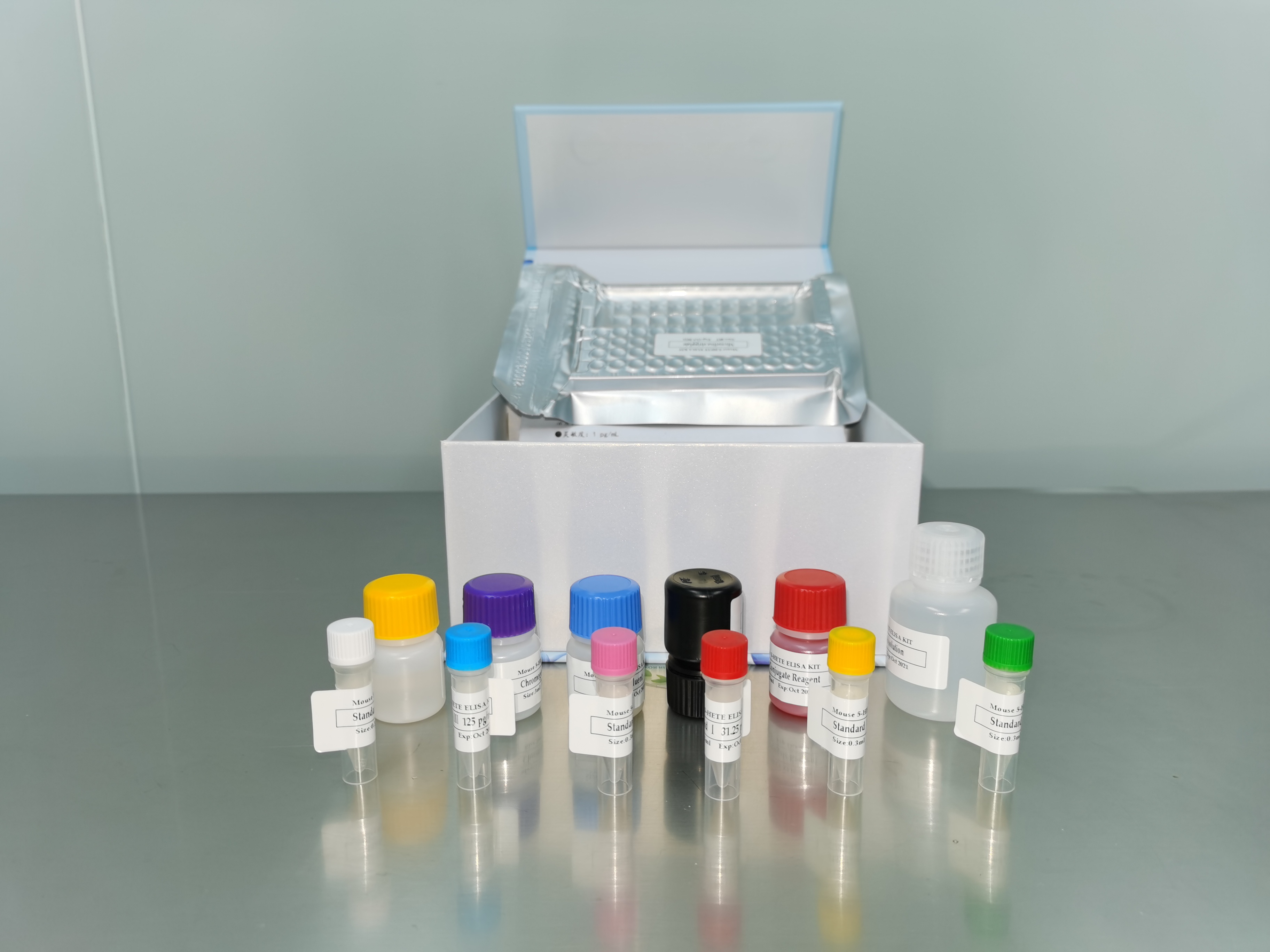| 产品名称: | Entamoeba histolytica Schaudinn |
|---|---|
| 商品货号: | TS133892 |
| Strain Designations: | IP:1182:2 |
| Application: | Enteric Research Food and waterborne pathogen research |
| Biosafety Level: | 2
Biosafety classification is based on U.S. Public Health Service Guidelines, it is the responsibility of the customer to ensure that their facilities comply with biosafety regulations for their own country. |
| Isolation: | Canadian with amebic dysentery probably acquired in Honduras, 1982 |
| Product Format: | frozen |
| Storage Conditions: | Frozen Cultures: -70°C for 1 week; liquid N2 vapor for long term storage Freeze-dried Cultures: 2-8°C Live Cultures: See Protocols section for handling information |
| Type Strain: | no |
| Medium: | ATCC® Medium 1171: TYGM-9 medium |
| Growth Conditions: | Temperature: 35°C Atmosphere: Microaerophilic Culture System: Xenic |
| Cryopreservation: | Reagents CPMB-5 Cryoprotective Solution DMSO, 1.0 mL 2.5 M Sucrose, 0.8 mL L-Cysteine/Ascorbic Acid Solution, 0.2 mL CPMB-2 Basal Solution, 6.0 mL HIBS, 2.0 mL CPMB-2 Basal Solution Yeast Extract, 60.0 g K2HPO4, 1.0 g KH2PO4, 0.6 g NaCl, 2.0 g Distilled water, 1.0 L Autoclave for 15 minutes. L-Cysteine/Ascorbic Acid Solution L-Cysteine-HCL, 1.0 g Acorbic Acid, 0.1 g Distilled water, 10.0 mL Add 9.0 mL of distilled water to a 20 mL beaker and dissolve the first two components.xa0 While stirring, adjust the pH to 7.2 with 10N NaOH (approximately 0.7 mL).xa0 Adjust final volume to 10 mL with distilled water and filter sterilize. Solution should be used soon after preparation.xa0 Discard any unused solution. Harvest and Preservation
|
| Name of Depositor: | LS Diamond |
| References: | Chadee K, Meerovitch E. Entamoeba histolytica: early progressive pathology in the cecum of the gerbil (Meriones unguiculatus). Am. J. Trop. Med. Hyg. 34: 283-291, 1985. PubMed: 2858986 CG Clark, personal communication |


